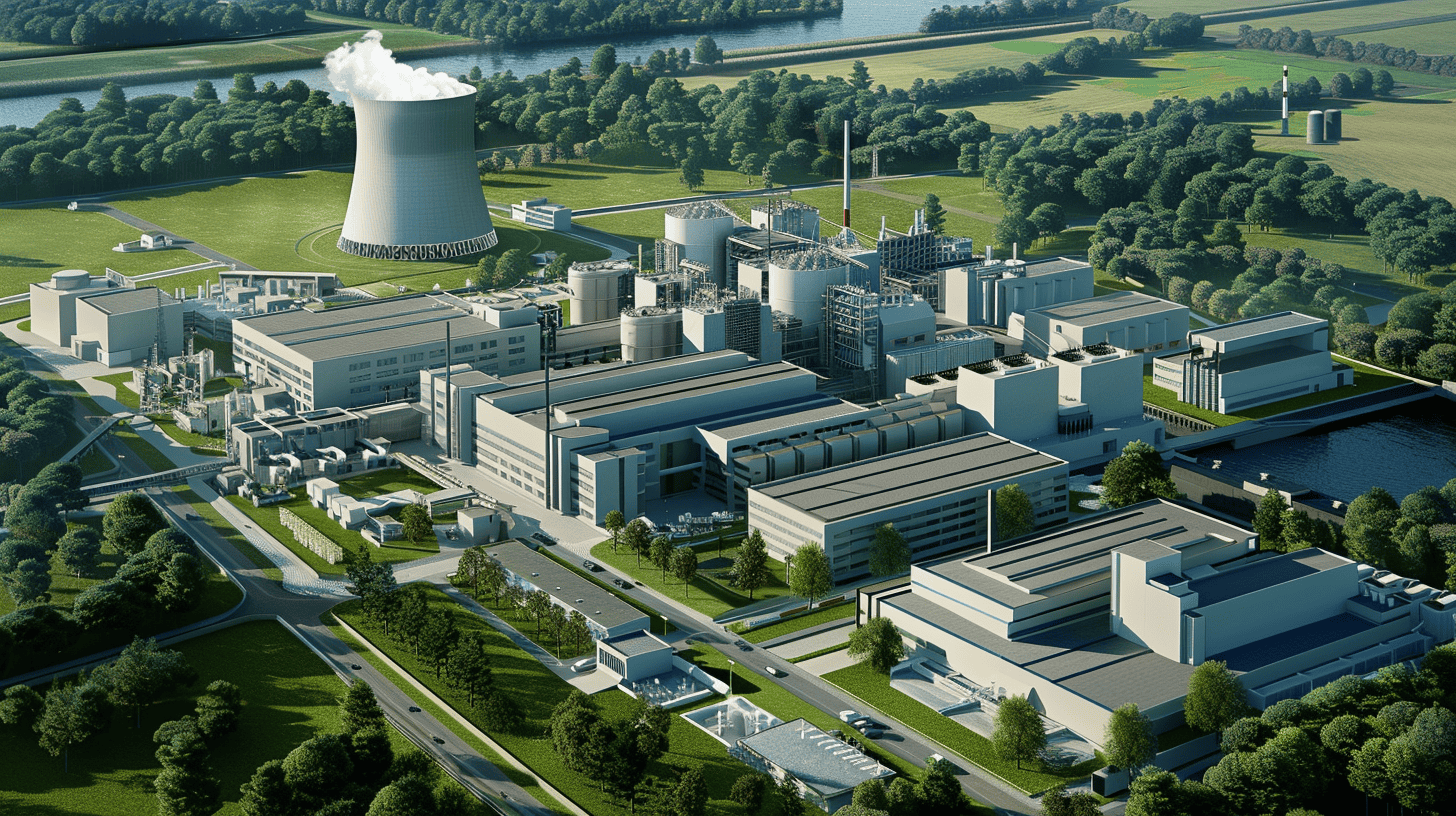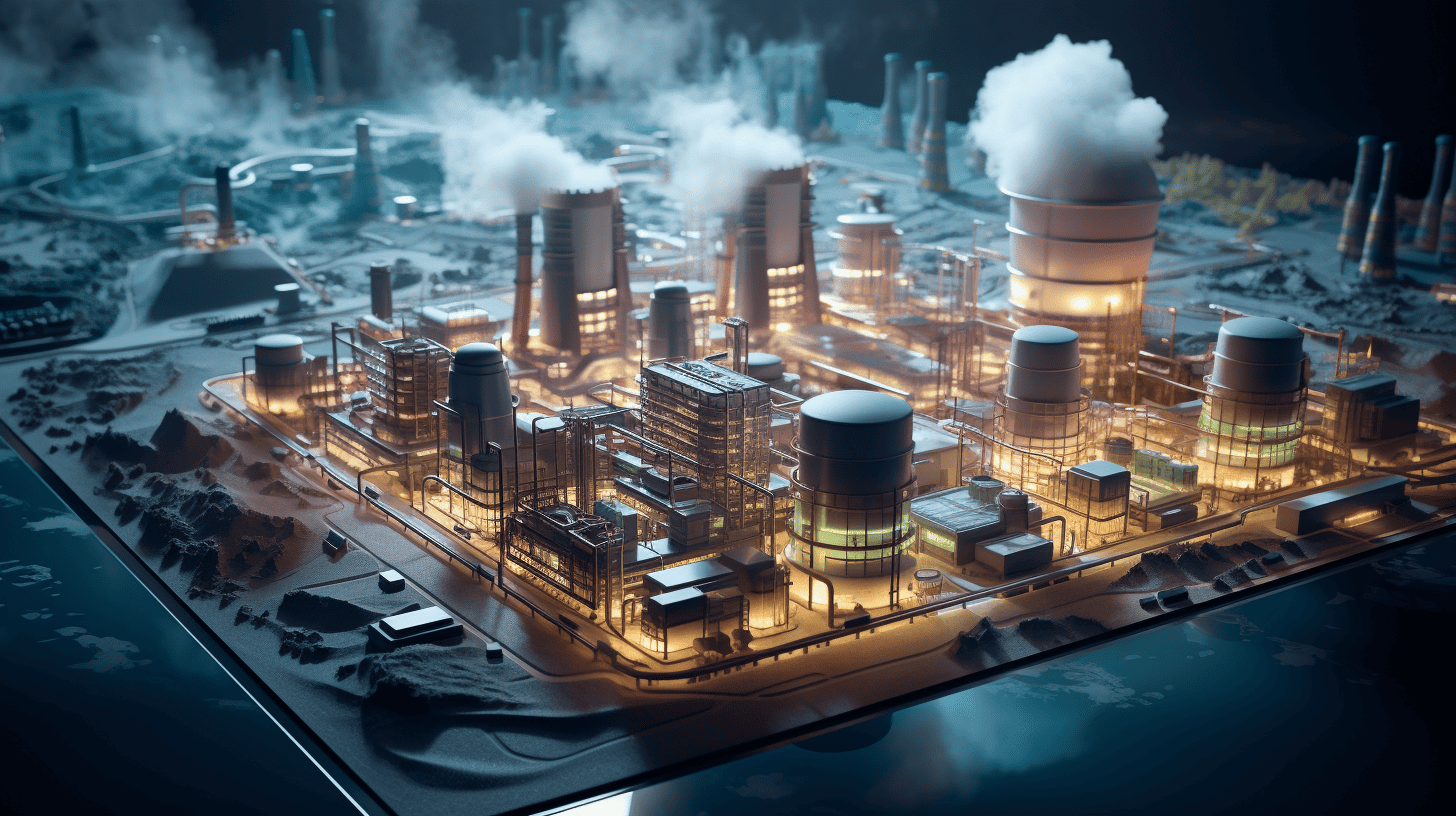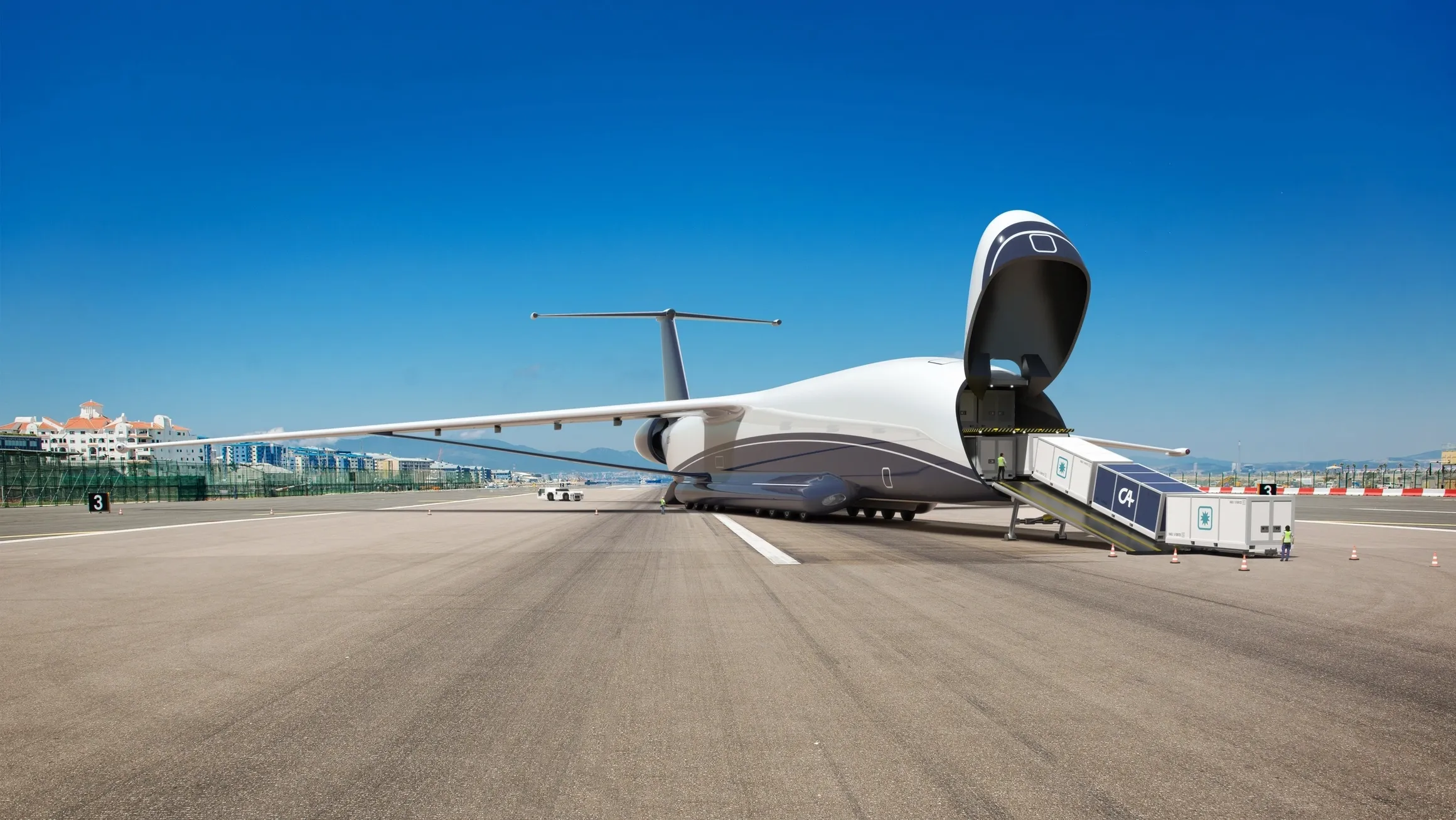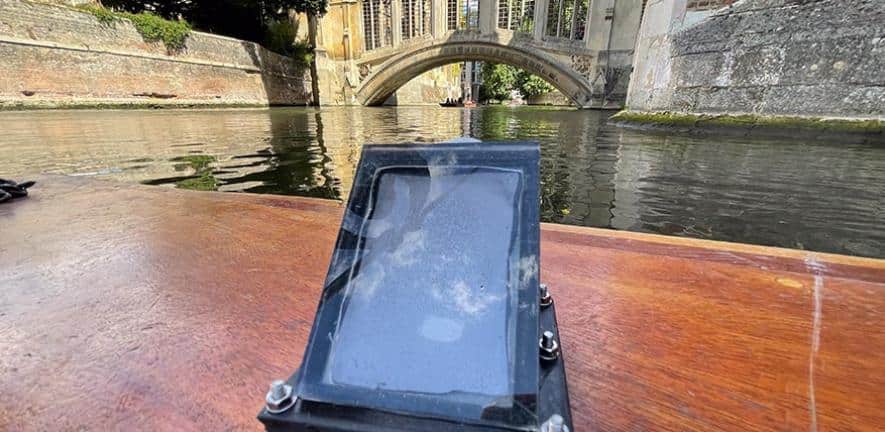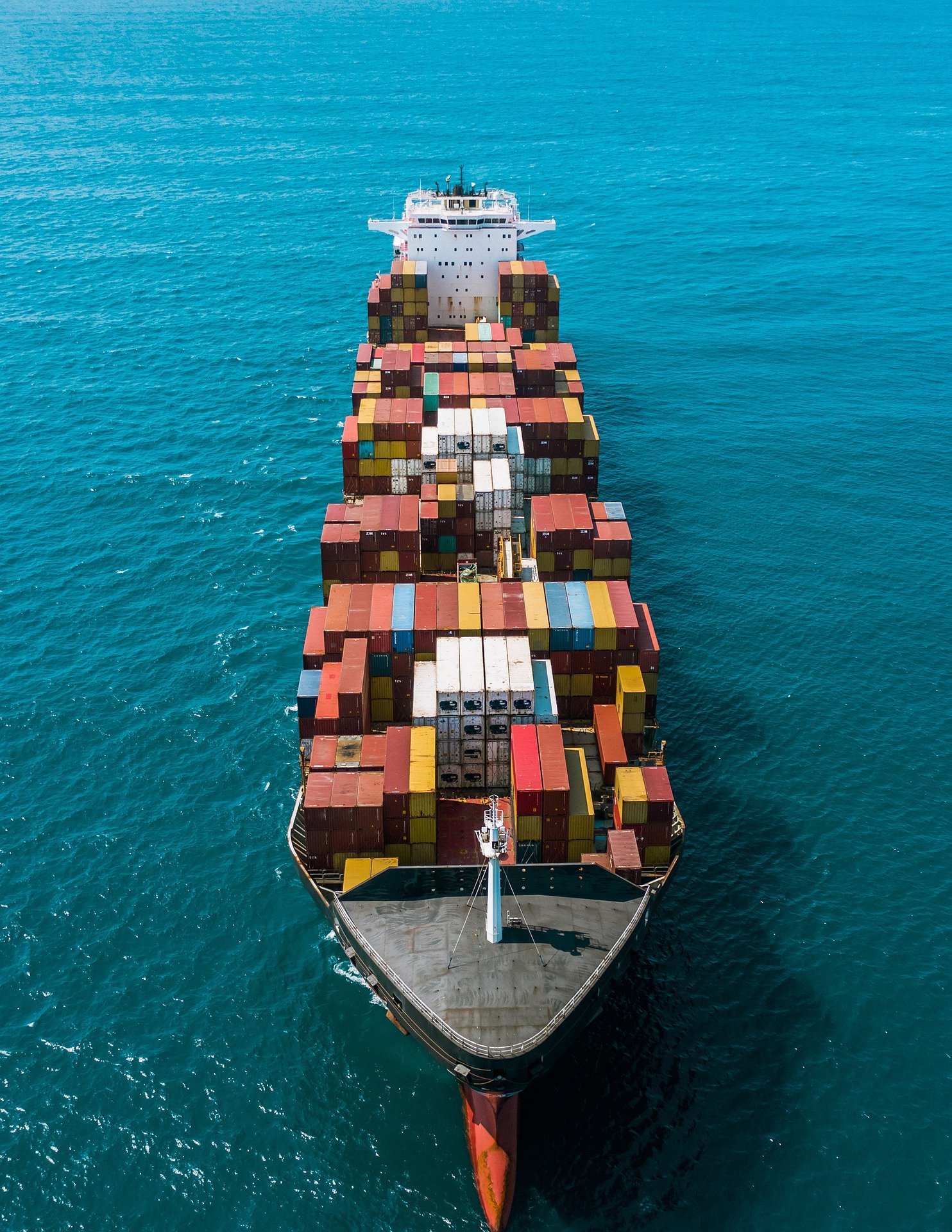
Earlier this year, the Suiso Frontier tanker ship set off on its maiden voyage. Its trade route will be the first of its kind: bringing liquid hydrogen from Australia to Japan via boat. The irony, of course, is that a ship carrying hydrogen fuel is itself powered by diesel.
But that’s about to change. While hydrogen powered cargo ships are already being unveiled, the future of container shipping could be nuclear-electric power.
This is the vision of Core Power – a UK based company trying to combine nuclear innovation and ocean transport. They build advanced molten salt nuclear reactors (MSRs) to be installed aboard massive container ships. The idea is to substitute nuclear power for engines normally powered by diesel. These ships would have more range, never have to refuel, and have net-zero emissions.
“Imagine a super-containership Tesla that’s going a little bit faster, carrying a little more cargo, and doing it in a green way,” says Core Power CEO, Mikail Bøe.
Green ocean transport
To be clear, we are talking about massive super-containerships – like the one that blocked the Suez Canal in 2021. Freight shipping accounts for around 80 percent of total exports and imports for the European union. It is also responsible for 3 percent of global CO2 emissions. Boats of this size are too large and travel too far to refuel on green energy sources without sacrificing valuable cargo space. This makes them very difficult to decarbonize.
“When you’re out in deep oceans, a large freight ship is really an island,” explains Bøe. “It’s on its own.”
By equipping these ships with their own MSR reactors Bøe hopes to nullify the need to refuel these ships at all. Instead, the MSR would provide all a ship’s energy needs for during its lifespan. If a ship is at sea for 30 years, it would only use 1.1 tonnes of fuel. Compare that with a modern containership which uses roughly 200 metric tonnes of marine fuel per day.

Decarbonizing the supply chain
MSR powered cargo ships could even decarbonize the ports they dock at. Ships conventionally turn off their engines and use a port’s energy source when they arrive. But Bøe’s vision is for ports to run off the power produced by the ships that moor there.
“If we’re going to decarbonize societies, then we need to start with some essential components,” says Bøe.
The more short-term plan for Core Power is to create working MSRs and have them create green hydrogen on floating power stations throughout the world. The long game is for MSR powered container ships. These would create enough energy to not only power their own propulsion but potentially provide all the energy needs for the ports they dock at.
Safety
We can’t talk about the nuclear-powered cargo ship without addressing some safety questions. Namely, what happens if it crashes; what do we do with the waste; and can terrorist organizations or James Bond villains use it for nefarious purposes.
Some members of the scientific community are asking similar questions. They point to the fuel as being highly corrosive and destructive if the cooling process is interrupted. Though the fuel is already a liquid (and therefore cannot cause a ‘nuclear meltdown’), critics say waste is still a problem.
Bøe believes Core Power has found a solution to these issues in the MSRs they are building. They have combined the fuel and the coolant, meaning you cannot have one without the other. This keeps it from overheating and blowing up.
“In the event of an accident, the fuel turns into a rock,” explains Bøe. “It is entombed inside of the machine.”
It also means the fuel cannot seep out of the reactor or be taken out to create a nuclear weapon.
This is the time of radical innovation
Mikail Bøe
The MSRs Core Power are building are also very efficient and reuse most of their own waste. For perspective: It takes one gram of fuel to generate 24 megawatt hours. That is about what four households use in a year. The small amount of residue leftover is put in a dry cask and stored safely.
Barriers to entry
This doesn’t mean one shouldn’t still be skeptical of this innovation. Nuclear has always faced stiff criticism that is renewed with each accident. On the other side, some prominent voices call it the safest way to make electricity.
“People in the energy sector are either ideologically opposed to it or ideologically in favor of it,” says Bøe.
The main reason to raise eyebrows is that humanity has yet to build a MSR – let alone have it power a cargo ship. But it is a route worth looking at amid the growing need for clean energy. Nuclear is powerful and takes up far less space than solar or wind. The waste may be more volatile but no energy source is 100 percent clean.
“The pressure is on now,” says Bøe. “This is the time of radical innovation.”
Core Power’s proof of concept should be ready by the beginning of 2025. They expect to have a licensed and regulated product on the market by the end of the decade.
For another nuclear read, check out the nuclear powered car.



